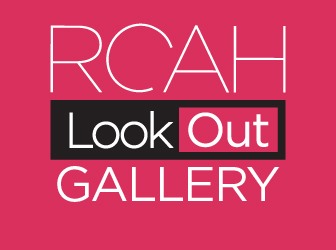One of the most vibrant areas of contemporary comics broadly speaking is LGBTQA (Lesbian, Gay, Bisexual, Transgender, Queer/Questioning, and Asexual/Aromantic) comics. Often referenced as queer comics in the media, the history of gay representation in comics has changed dramatically. Comics were often “read” as gay coded, with concerns about subversive gay messaging a central concern. Famously, Dr. Fredric Wertham’s Seduction of the Innocent (1954) suggested Batman and Robin represented “a wish dream of two homosexuals living together,” and Wonder Woman was a “morbid ideal” for young girls. Such attacks led the Comics Magazine Association of America to regulate itself by creating the Comics Code Authority (CCA) in 1954. The code banned “sex perversion or any inference to same,” forcing creators to avoid such content overtly. Arguably comics such as the X-Men have long been lauded for metaphorically engaging the gay experience. Today’s queer identity in comics is clear. The success of Alison Bechdel’s 2006 graphic memoir Fun Home: A Family Tragicomic and Justin’s Hall’s No Straight Lines: Four Decade of Queer Comics (2012) highlighted the critical and commercial success that highlight new acceptance of queer themes in comics. On display here is a cross-section of LGBTQA comics for a younger audience, stressing that contemporary creators and readers actively rejects the stigma that originally undermined the medium.

Lumberjanes
Shannon Watters, Grace Ellis, Brooklyn A. Allen, and Noelle Stevenson (2014 – Present)

Princess, Princess Ever After
Katie O’Neill (2016)

Steven Universe
Jeremy Sorese and Coleman Engle (2014 – Present)
